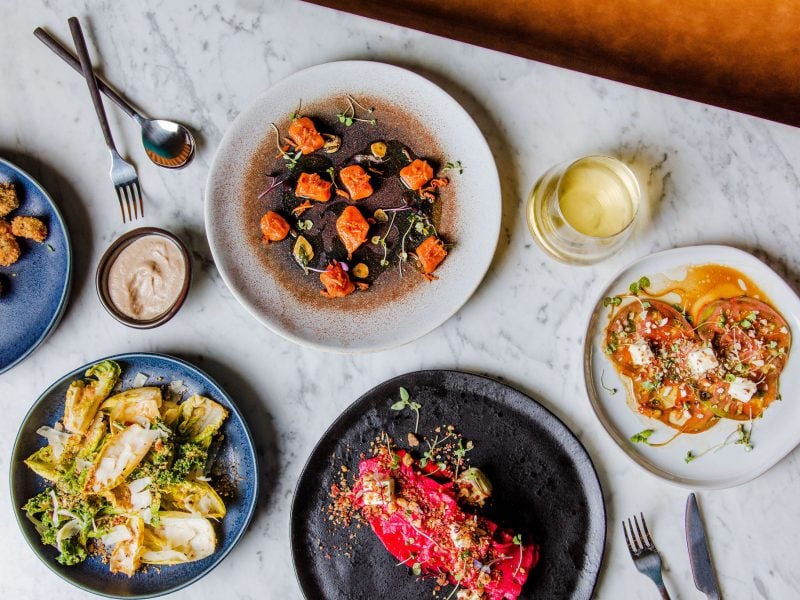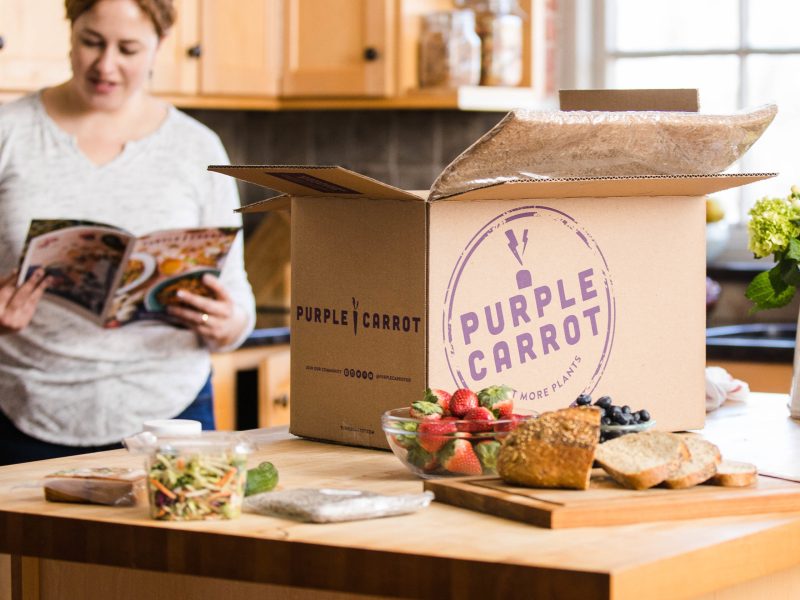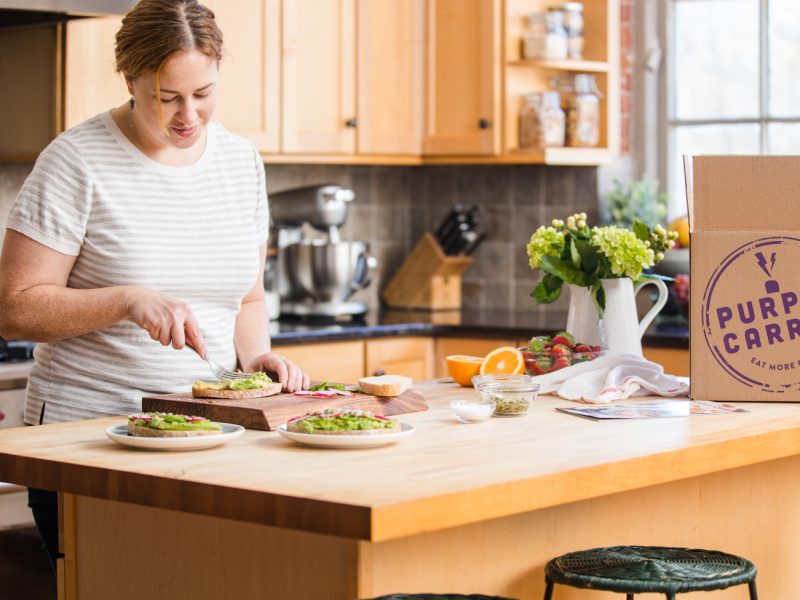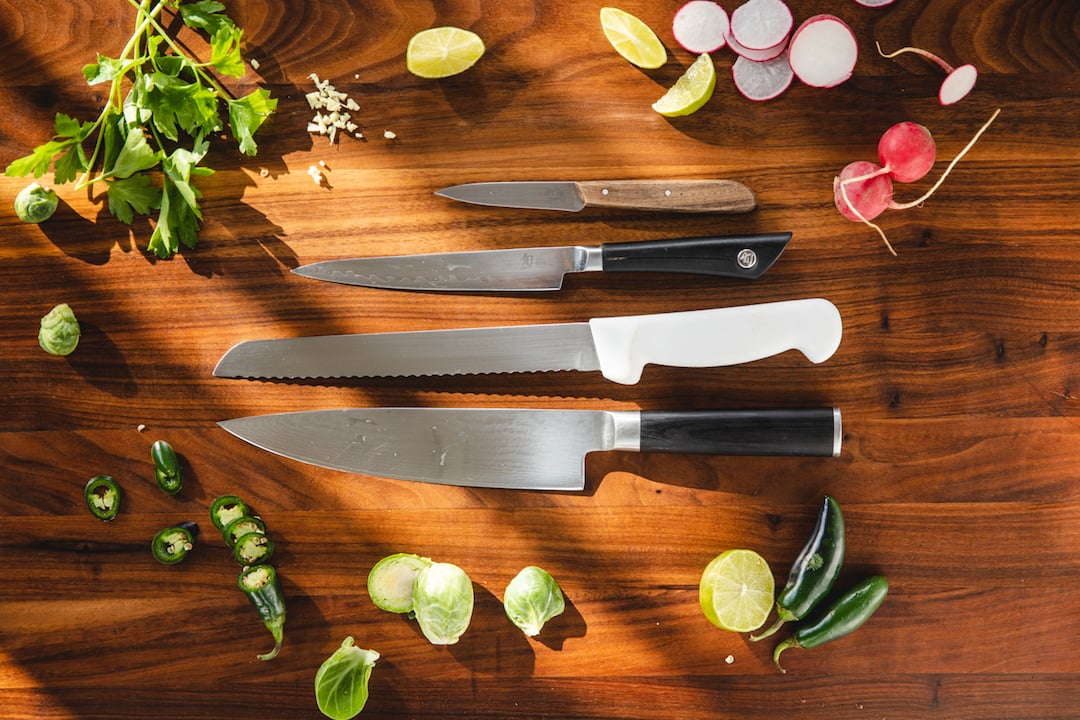
Knives for Success
707
by: Purple Carrot
When you’re eating a plant-based diet, there’s one thing you’re guaranteed to do more of: cutting up lots of fruits and vegetables!
Picking the right knife can make all the difference in your cooking and eating. But with so many choices, it’s hard to know which knives are “must-haves” versus “nice to haves.” We recommend focusing on these four:
- A chef’s knife makes almost all cuts easier, but especially chopping and slicing fresh ingredients.
- Paring knives are perfect for peeling and slicing.
- Utility knives (like their name suggests) have many uses! Use them for mincing shallots, slicing herbs, and cleaning and cutting veggies.
- A bread (or serrated) knife. This one’s a must-have for slicing bread. It’ll cut through the crust and leave the fluffy loaf, well, fluffy!
And, for cooks at every level, it’s worth knowing the difference types of cuts because it impacts how flavors develop and your final product.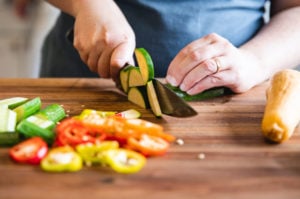
- Chopping is ideal when you don’t need to worry about creating uniform shapes, but you do need smaller pieces.
- Dicing is exactly what you think it is: cutting ingredients to produce even sizes and shapes that resemble cubes.
- Slicing is great for making thin pieces that will cook evenly and quickly. Produce can also be sliced diagonally to create angled pieces with more surface area.
- Mincing creates very small pieces that should almost disappear in a dish. Minced ingredients have the most surface area possible, so they cook quickly and release the most flavor.
- Julienne is all about creating long, thin strips.
- Wedges. Cut your fruits and veggies into half-moons when you need to garnish, or squeeze out the juice! Wedges are also a great cut for veggies that will find their way into soups or stews.
Want to see some cutting in action? Check out our videos for more information on slicing, dicing, and making everything nice!


